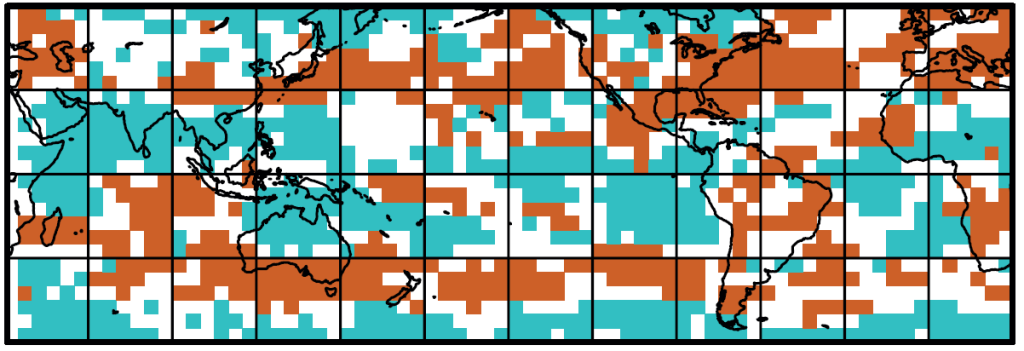Satellites and Models Show Cloud Response to Climate Change, Says New Study
 A study partly funded by the CPO’s Climate Observation Division found evidence of changes in cloud concentration and height due to climate change between 1983 and 2009. Recently published in Nature Climate Change, a paper of the study says these large-scale cloud changes result in a warming effect for the climate.
A study partly funded by the CPO’s Climate Observation Division found evidence of changes in cloud concentration and height due to climate change between 1983 and 2009. Recently published in Nature Climate Change, a paper of the study says these large-scale cloud changes result in a warming effect for the climate.
Researchers used satellite records and climate models that included historical external radiative forcing to compare cloud changes over 27 years. Both observations and models show a widespread agreement: decreasing cloud concentrations in the mid-latitudes, expansion of subtropical dry zones, and increasing height of the highest cloud tops at all latitudes.
According to the study’s paper, reasons for these cloud responses seem to be increasing greenhouse gases and recovery from volcanic radiative cooling. The paper also states that declining cloud amounts in mid-latitudes and expansion of subtropical dry zones result in an albedo decrease. Additionally, as cloud tops rise, their greenhouse effect strengthens. These changes and their warming effects are expected to continue as greenhouse gases concentrations continue to increase.
Satellite records for this study were obtained from the International Satellite Cloud Climatology Project, the Extended Pathfinder Atmospheres dataset, the Earth Radiation Budget Satellite, the Clouds and Earth’s Radiant Energy System, and the Multi-Sensor Advanced Climatology of Liquid Water Path dataset. The Coupled Model Intercomparison Project Phase 5 provided the simulations used in this study.
The role of clouds for the climate is substantial, since clouds influence Earth’s energy budget by reflecting solar radiation and by preventing thermal radiation from Earth to escape into space.
Access the full paper: http://dx.doi.org/10.1038/nature18273